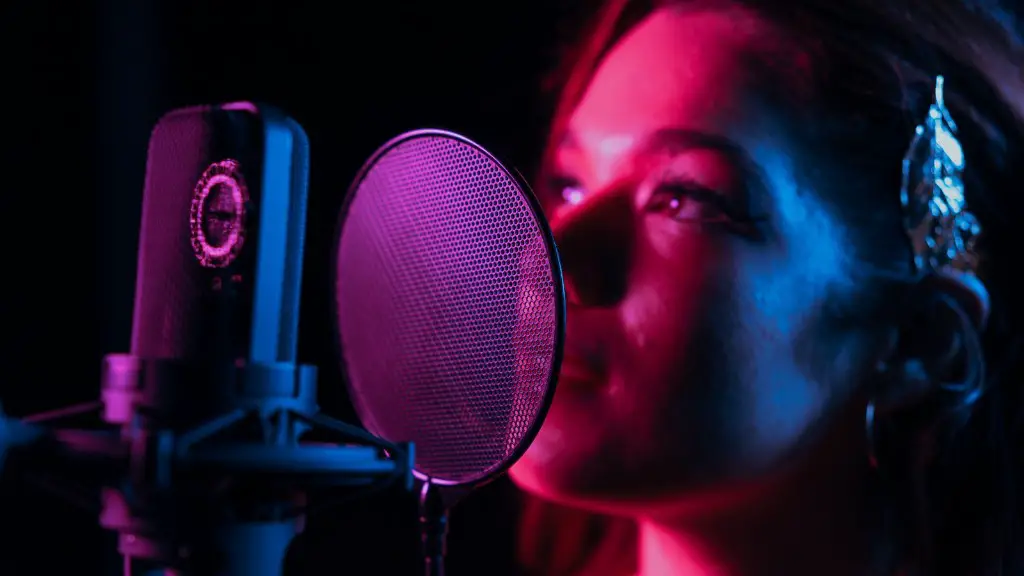Do you want to learn how to draw a cute and cuddly cartoon bunny? Drawing a cartoon bunny might seem intimidating but with just a few simple steps, you can have your very own, adorable painted rabbit prancing across your page in no time!
Start by sketching the basic shape of the bunny’s head. While drawing aim to create an egg-shaped circle with some impressions to create the rabbit’s ears. Forget what conventional bunnies look like; the beauty of cartooning is that imaginary bunnies can look Like anything you want them to look like!
Once the head is completed, move on to the body. Much like the head, this should be an egg-shaped sphere with three important additions. Two feet at the bottom and a tail at the top. Unlike real rabbits, cartoon bunnies rarely have the same humanoid anatomy. So feel free to make its extremities any size you like!
The added details to your cartoon bunny make all the difference. Feel free to have some fun when drawing the details of your bunny. Floppy ears, big eyes, round cheeks, bushy tail – you name it! Whether you sketch them in outlined pen strokes or lay down thick strokes of watercolor paint, creating that furry, lovable character is sure to make you swoon!
The final touches are the colors. You can use any color scheme you like. If you feel uncertain, use pastel colors that give bunnies that just-plucked-a-Carrot look! Having the right colors can make your cartoon bunny even more endearing and heart-felt.
In this section, you’ll learn how to give your cartoon bunny a little life. Cartoon bunnies are quick and frisky creatures! To make this happen, use small and energetic strokes to indicate movement. Position the feet at angles to give it a hopping stance or draw three lines splitting the tail from the top transforming it into a fan of movement!
To really take your cartoon bunny to the next level, add some environment. Include a background with some more cartoon characters and plants. Add details like mushrooms, trees, flowers, butterflies, and toads – anything that makes your bunny feel more alive and part of something bigger.
Now it’s time to hit the finish line! Going back to the details and background will help your cartoon bunny come to life. If needed, experiment with different hair lines and shades of color to really bring the character home. You can find the perfect balance between details and open space; it just takes a little patience and practice.
All in all, drawing a cartoon bunny is a lot easier than you think. With just a few simple steps and the right materials, you’ll be on your way to creating your own little happy critter! Start by sketching out the basic shape of the bunny, then add details like the feet and tail. Incorporate some environment and you’re done!
To bring them even more to life, add bubbly and lively details. Give them mounds of fur and a sparkle in their eye. Create differently shaped ears and an extravagant tail. Let the colors you choose bring out their magical vibes, and fill their backgrounds with fun surprises.
You can even experiment with different objects. Include a top hat, a Magic wand, or a lasso to your cartoon bunnies to give them an extra pizazz. If you ever feel stuck, look to other cartoon bunnies for inspiration – there are plenty of bunnies out there with unique personalities, so don’t be afraid to try something new!
Creating cartoon bunnies can be a truly rewarding experience. All it takes is some creative imagination, a sprinkle of talent, and a whole lot of practice. With a few simple steps and a wide variety of materials, you can suddenly find yourself with your own frisky, cuddly littles bunny!

